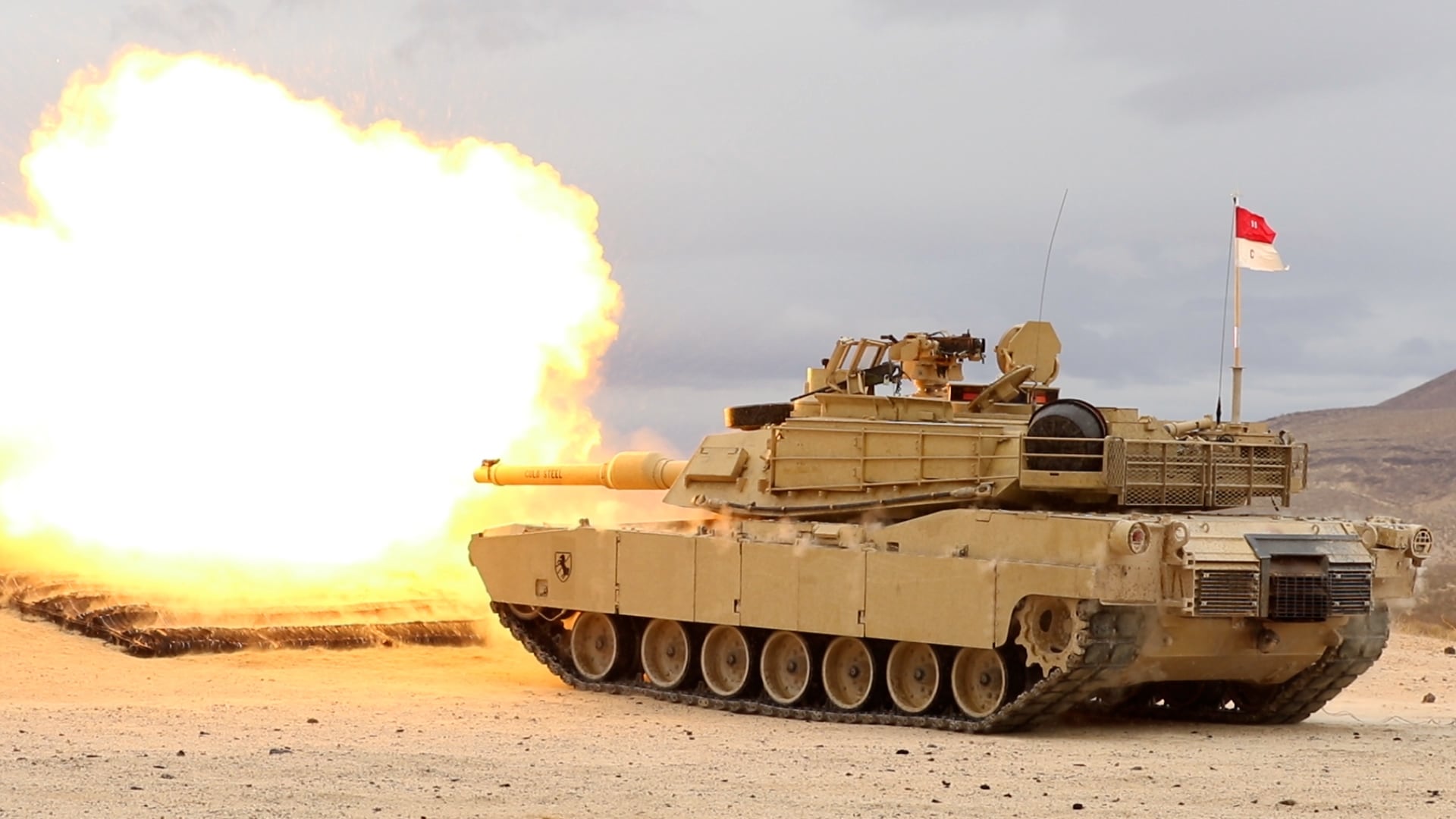WASHINGTON — The Army is evaluating what it will need beyond the latest version of the M1 Abrams tank, according to Army leaders overseeing ground combat systems and next-generation combat vehicle development.
The upgraded version of the tank is due to be delivered to the service next spring.
“It’s time to look at what happens after SEPV4, [the latest version of the Abrams tank]. Is it SEPV5? Is it something more dramatic?” Maj. Gen. Glenn Dean, the service’s program executive officer for ground combat systems, said in an interview with Defense News ahead of the Association of the U.S. Army’s annual exhibition here.
“We started to put money into the budget to deliberately support studies, evaluation and experimentation,” Dean said, and the Army has been “doing quite a bit to bound what’s the art of the possible, what should we be considering?”
The new NGCV cross-functional team lead, Brig. Gen. Geoffrey Norman, spent the last seven months in Poland with the 1st Infantry Division. “We had a great opportunity to work not only with Poles, but with the Lithuanians and other European partners on the Eastern Front, see what was happening in Ukraine very closely day in and day out,” he said during the same interview.
His observations there reinforced the “necessity of having operational mobility, the ability to get your vehicles where they need to be on the battlefield,” he said.
Weight is a major inhibitor of mobility, Norman said. “We are consistently looking at ways to drive down the main battle tank’s weight to increase our operational mobility and ensure we can present multiple dilemmas to the adversary by being unpredictable in where we can go and how we can get there,” he said.
The Army is also considering “what are tanks most vulnerable to on the battlefield of today … and in the future,” he said.
The service is finding opportunities to experiment, he added, taking a look at “a range of alternatives, putting soldiers in virtual prototypes and getting their feedback, not only on the physical platforms but also operationally, how would they fight [with] systems that have different characteristics than what they have right now? … How would they fight formations differently if their tanks had different characteristics?”
There are many technologies and concepts considered feasible for a derivative of the current Abrams, Norman said. “But there are certain things that we would want to do with a clean sheet tank design.”
The Army is shaping its recommendations for new requirements “as new facts come into focus” gained from Ukraine or other battlegrounds.
“We’re in a space where we will likely have information that could be presented to senior leaders within the next year about what the range of alternatives are,” Norman said. “We’re looking forward to tee that up and they may have enough information to make a decision within the next year or they may tell us to continue to experiment and explore the range of options.”
Dean noted that funding to pursue what could be next for Abrams would likely not appear in a budget cycle until fiscal 2025 at the earliest.
General Dynamic Land Systems, which manufactures the Abrams tank, is bringing what it’s calling AbramsX to AUSA this year. AbramsX is a technology demonstrator with reduced weight and the same range as the current tank with 50% less fuel consumption, the company told Defense News ahead of the show.
The AbramsX has a hybrid power pack that enables silent watch capability and “some silent mobility,” which means it can run certain systems on the vehicle without running loud engines.
The tank also has an artificial intelligence capability embedded in the system that enables “lethality, survivability, mobility and manned/unmanned teaming,” GDLS said.
Norman said the war in Ukraine has shown the tank remains needed.
“Tanks are in certain instances vulnerable, no doubt about it, but trucks are even more vulnerable and soldiers without any protection are the most vulnerable,” Norman said. “So what we need to do is not figure out what we’re going to do without tanks, without Bradley [Infantry Fighting Vehicles] or without armored fighting vehicles, but figure out how to best protect them and give them the best mobility possible to present those strategic and operational and tactical dilemmas to our adversaries.”
Jen Judson is an award-winning journalist covering land warfare for Defense News. She has also worked for Politico and Inside Defense. She holds a Master of Science degree in journalism from Boston University and a Bachelor of Arts degree from Kenyon College.





